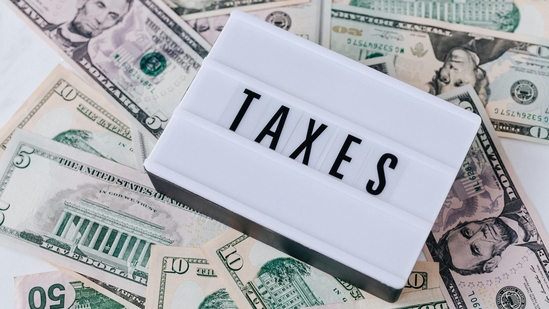Millions of Americans are eagerly anticipating their federal tax refunds for 2025. Throughout June, the Internal Revenue Service (IRS) is actively processing and distributing these payments.
Funds are being disbursed via both direct deposits and traditional mailed checks. This annual influx of funds can be a significant financial boost for many households across the country.
Why Your Refund Matters: Speed and Average Amounts
The timely arrival of tax refunds is crucial for many taxpayers.
Prompt Processing for Early Filers
Despite potential challenges such as budget constraints and processing delays, most taxpayers who submitted their returns in May should receive their refunds during June. This is especially true for those who filed electronically and chose direct deposit, which is the fastest method. The IRS began processing refunds shortly after the April tax deadline.
With the average refund currently hovering around $2,939, this injection of funds can be a substantial help for personal finances.
Dependent on Filing Method and Date
However, the exact arrival date of a refund is heavily dependent on two key factors: how the return was submitted (electronically or by paper) and when it was submitted. Understanding these timelines is essential for managing expectations.
When to Expect Your 2025 Tax Refund
The IRS provides specific timelines based on your filing method and date.
May 1 – May 15 Filing Window
- Electronic Filing with Direct Deposit: Taxpayers who submitted their returns electronically and opted for direct deposit between May 1 and May 15 could expect their refunds to arrive from May 22 up to June 4.
- Electronic Filing with Mailed Check: For those who filed electronically but chose a mailed check, refunds were expected between May 29 and June 11.
- Paper Filing: Paper filers within this period might see their refunds arrive as late as July 10.
May 16 – May 31 Filing Window
- Electronic Filing with Direct Deposit: If you filed between May 16 and May 31, anticipate your direct deposit refund between June 6 and June 19.
- Electronic Filing with Mailed Check: For mailed checks in this window, refunds are expected between June 13 and June 26.
- Paper Filing: Paper returns submitted during this period could experience longer wait times, with refunds potentially arriving between July 11 and July 25.
Tracking Your Refund
The IRS strongly encourages all taxpayers to utilize its “Where’s My Refund?” online portal. This tool provides real-time updates on your payment status, indicating whether your return has been received, approved, or dispatched. It’s the most reliable way to monitor your refund’s progress.
Understanding Refund Amounts and Potential Delays
The average refund amount offers a general idea, but individual circumstances vary.
Average Refund and Eligibility
The average refund amount for 2025 is approximately $2,939. This figure is slightly higher than last year’s average of $2,869. Individual refund amounts differ significantly based on factors such as earnings, tax withholdings throughout the year, applicable tax credits, and deductions. Generally, those eligible for refunds are taxpayers who overpaid their 2024 tax liabilities. The refund represents the excess amount withheld or paid compared to the actual tax owed.
Common Causes for Delays
However, several issues can delay refund processing. Errors in tax filings, missing documents, or incomplete forms are common culprits. The IRS’s current operational challenges, including reduced staffing and budget constraints, are also contributing to longer wait times. This is particularly noticeable for paper returns, which require manual review and processing.
To minimize delays, the IRS advises taxpayers to ensure all documents are complete and accurate, and that direct deposit information is correctly provided.
Optimizing Your Refund Speed and Staying Informed
Your filing method significantly impacts how quickly you receive your refund.
Fastest Filing Methods
E-filing with direct deposit remains the quickest method, with refunds typically processed within 21 days, assuming no issues. In contrast, paper filers should anticipate potential delays of several additional weeks. These delays are particularly likely if their return requires manual correction or verification.
What to Do If Your Refund is Delayed
If you have questions about your refund status or experience a delay beyond the standard processing window, first check the IRS’s online tracking tool. If your refund has not arrived after 21 days from e-filing, or six weeks from mailing a paper return, you should contact the IRS directly for assistance.
As a reminder, the IRS began accepting individual returns in January, with the primary deadline for most taxpayers being April 15, 2025. Those who filed for an extension have until October 15, 2025, to submit their returns, though any payments due were still required by the April deadline. With these guidelines in mind, most Americans should see their 2025 tax refunds arrive by the end of June, provided all submission details were accurate and complete.








